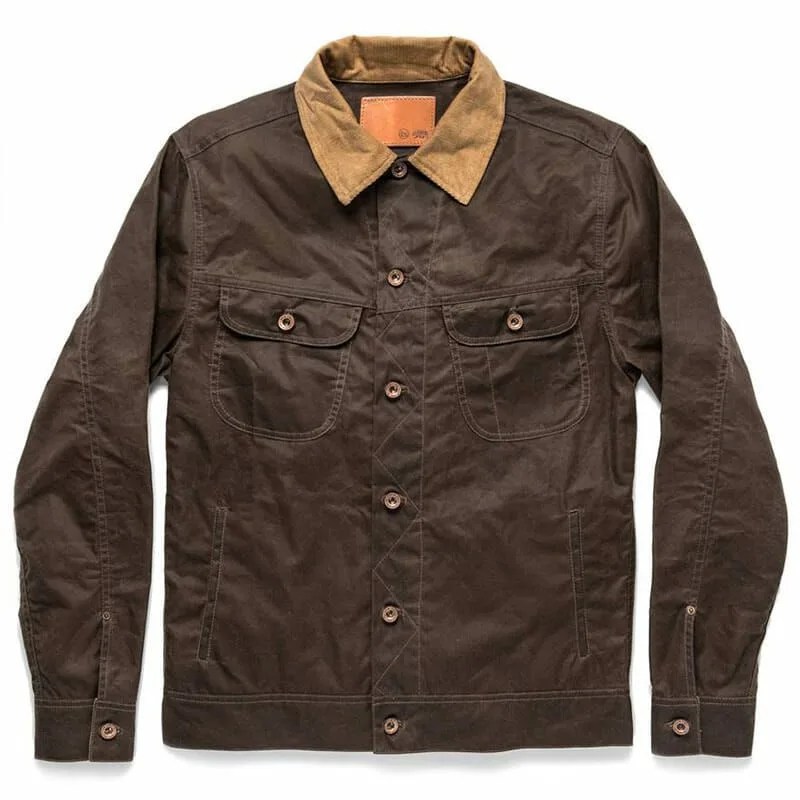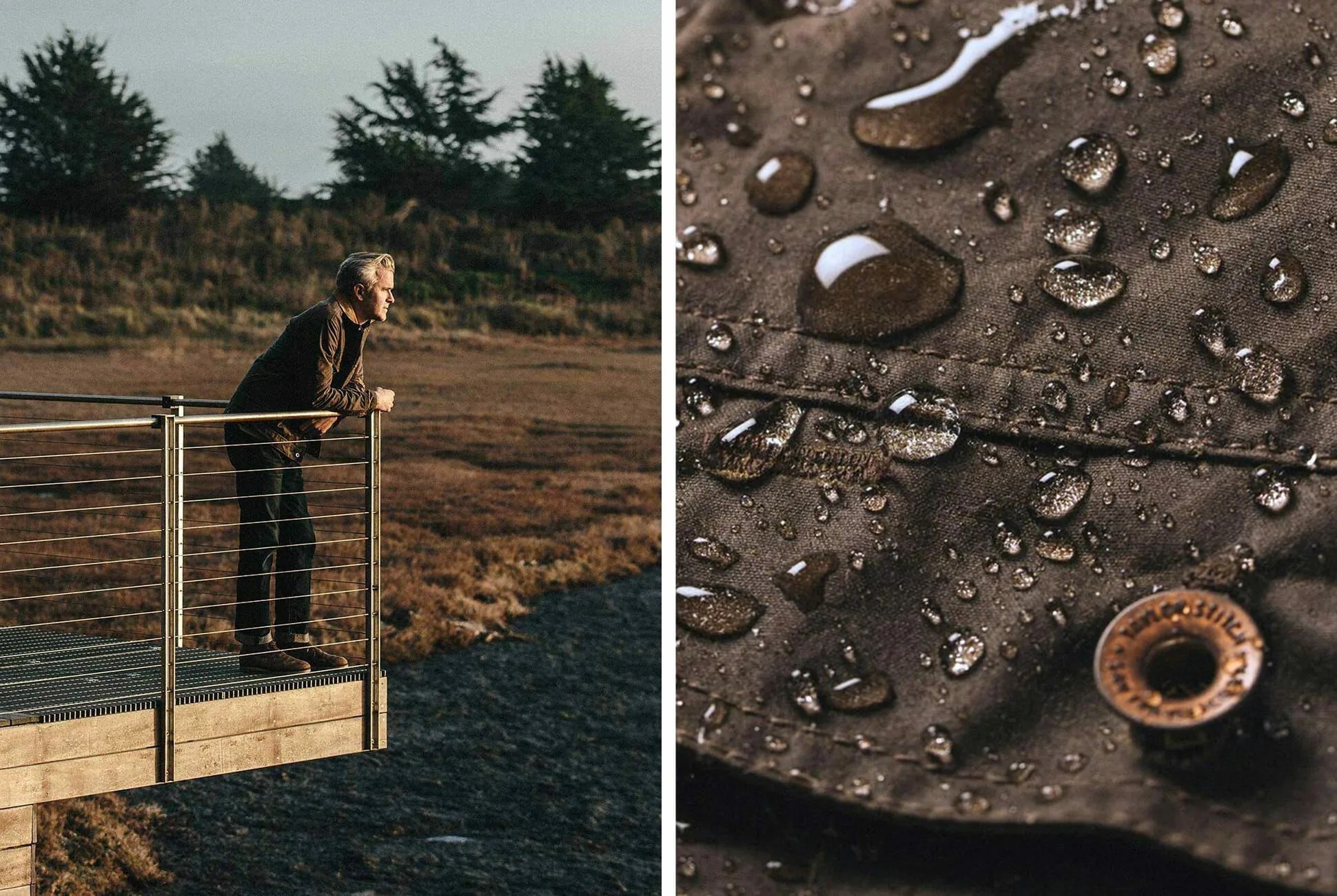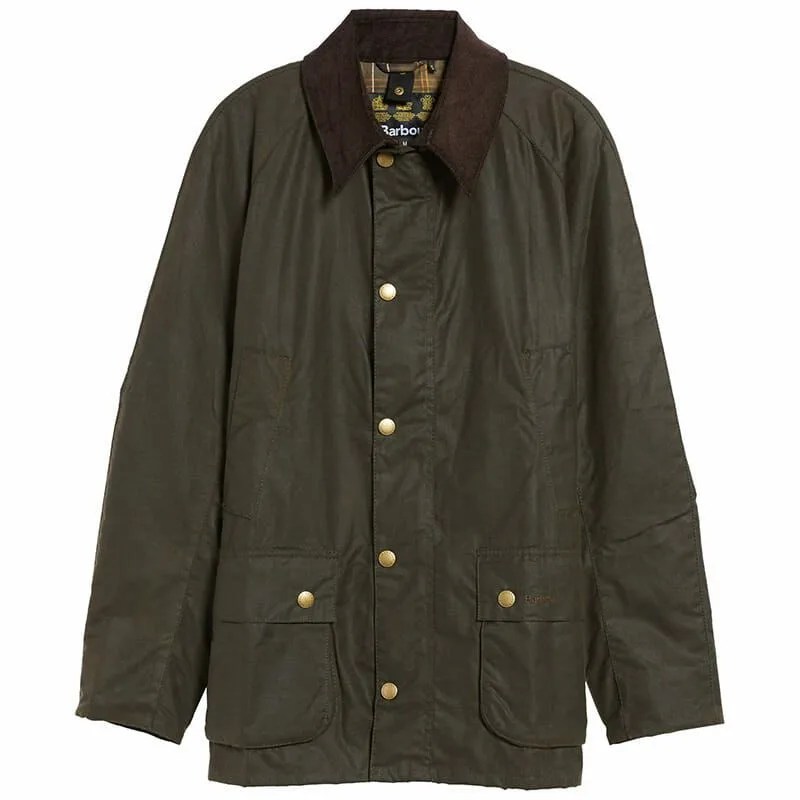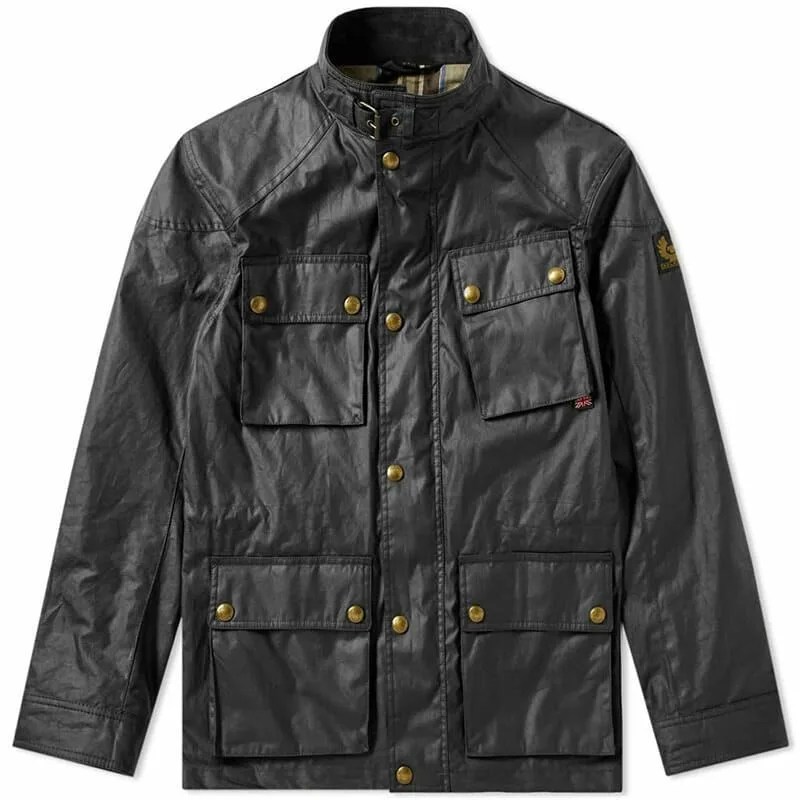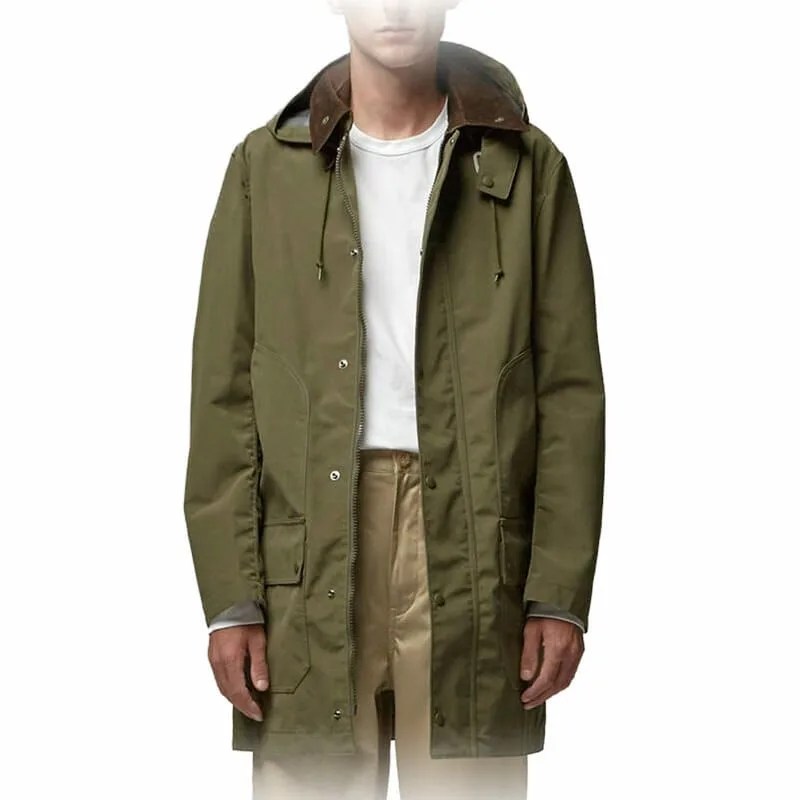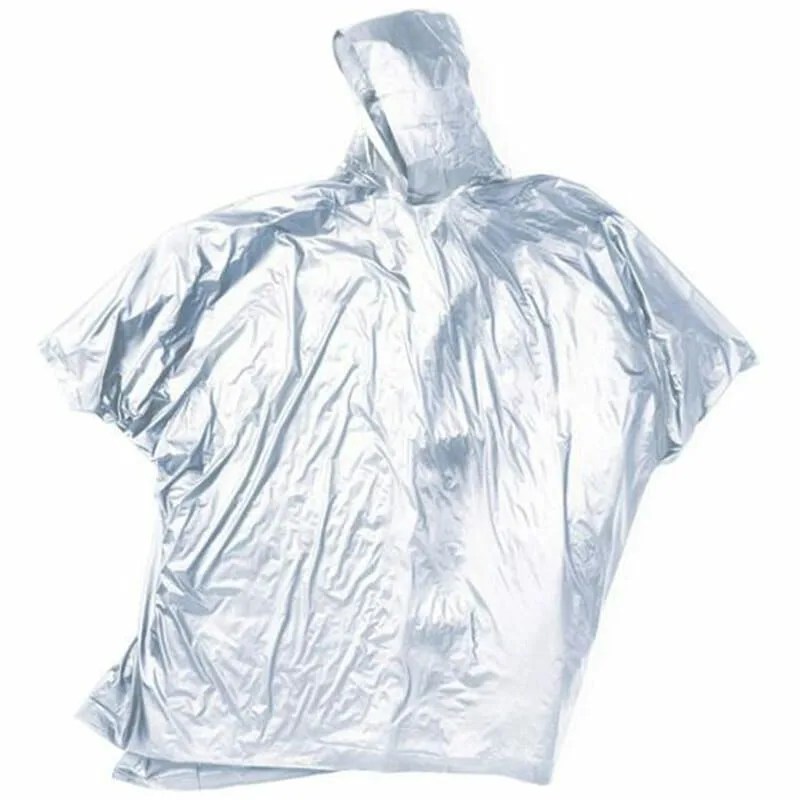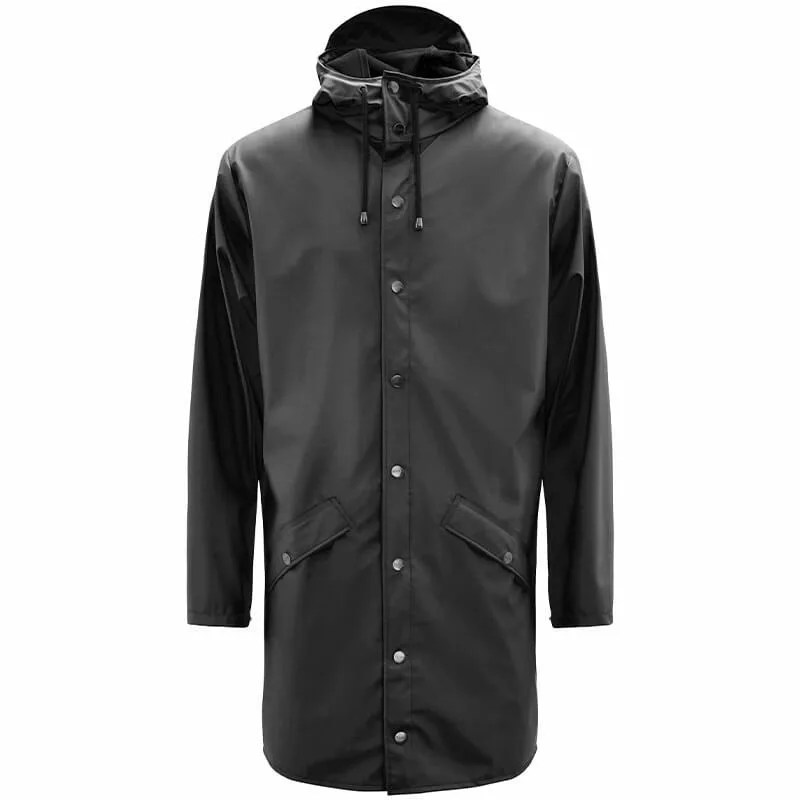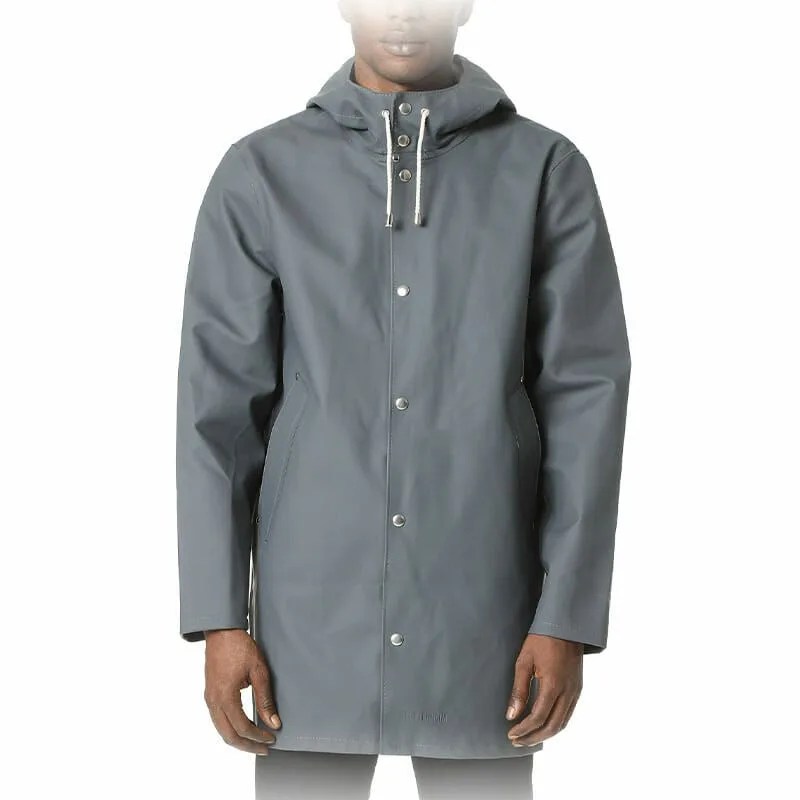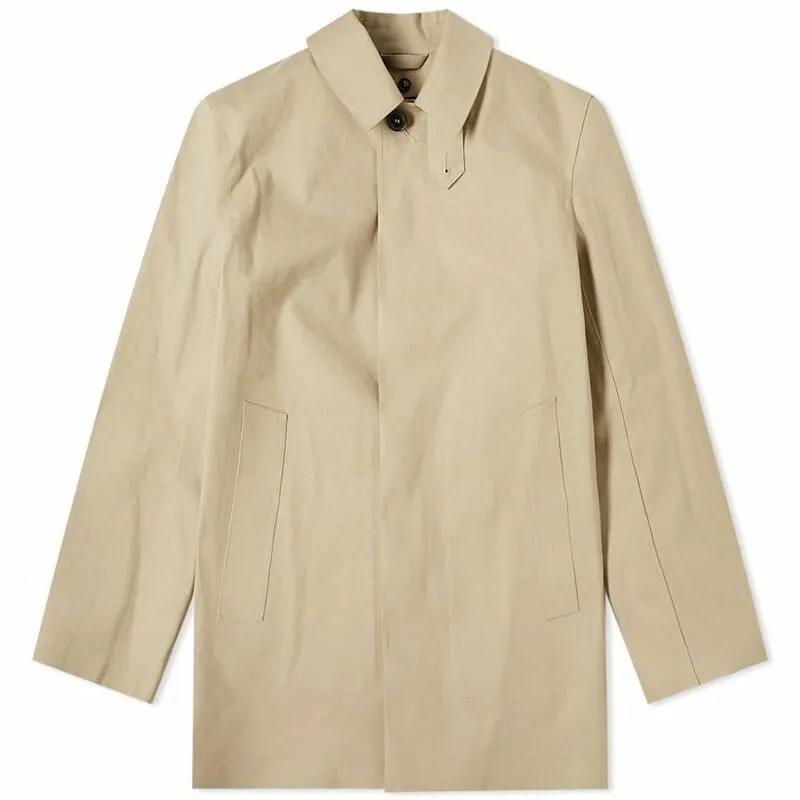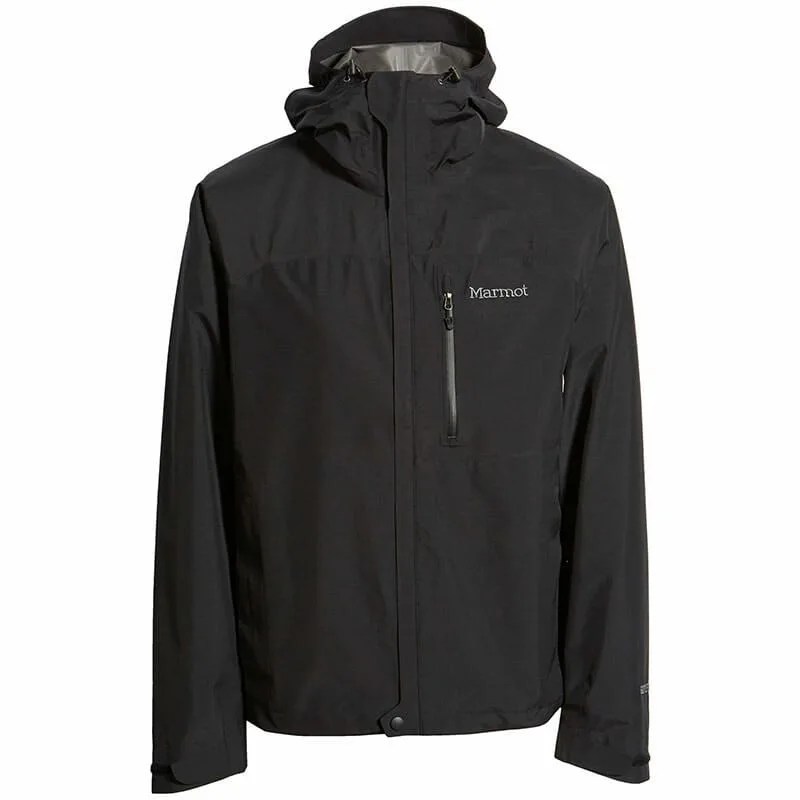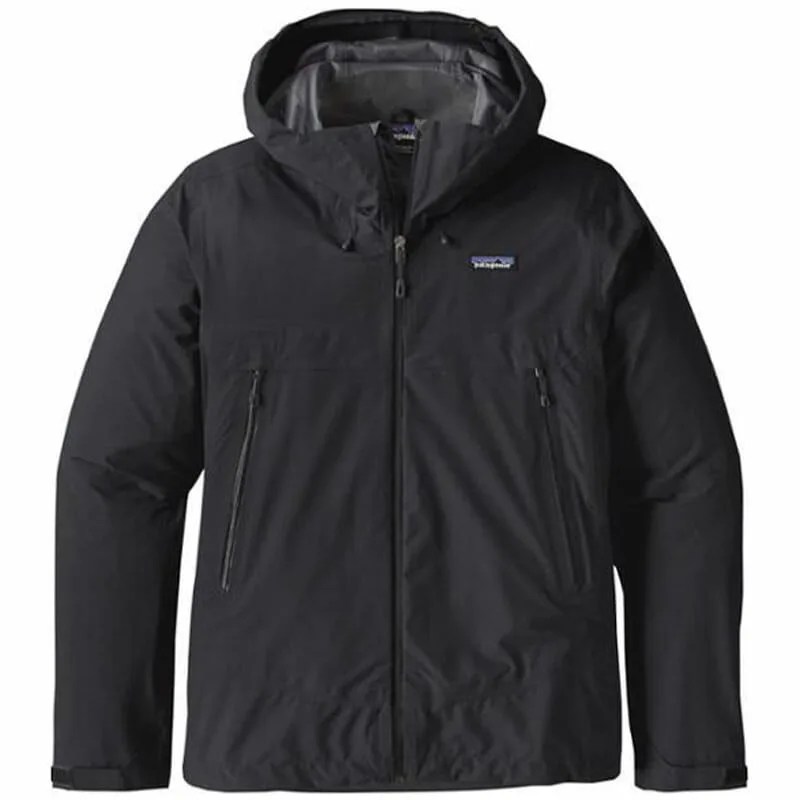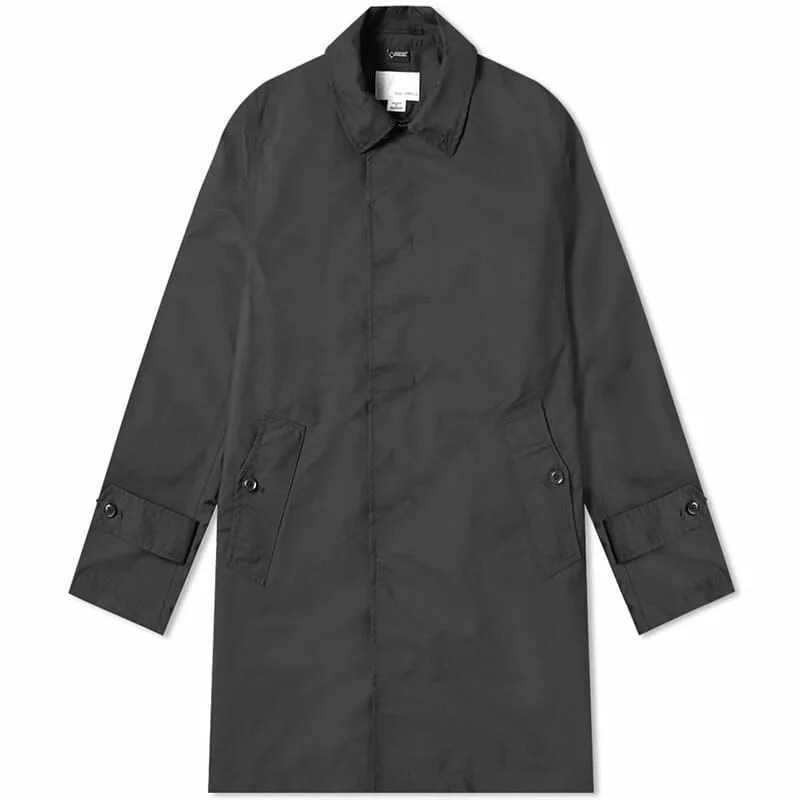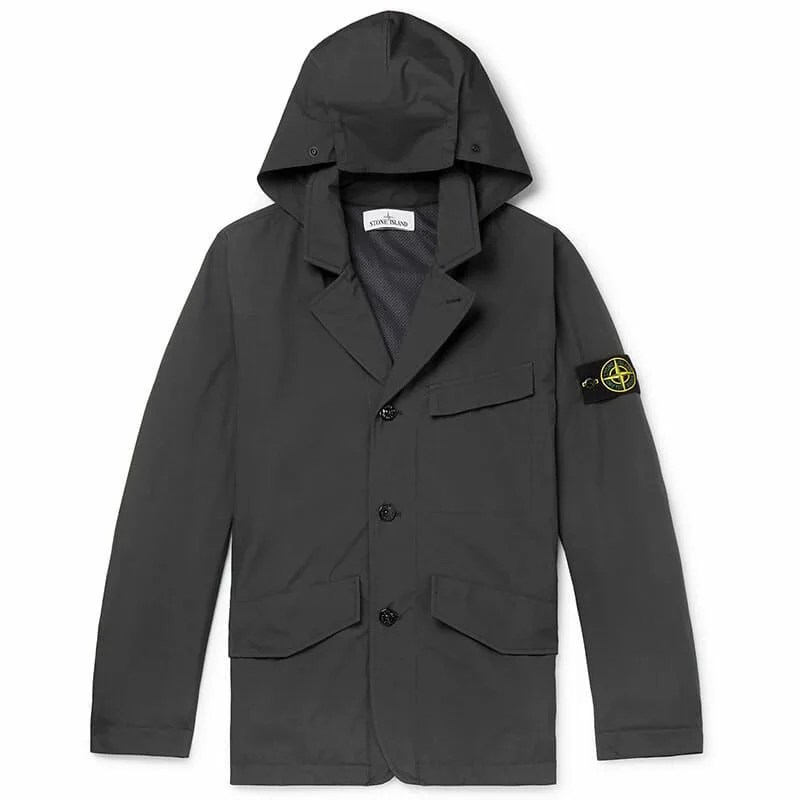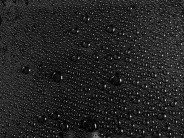As long as there has been rain, humans have been trying to avoid it. In our long relationship with precipitation, we’ve come up with inventive ways to keep ourselves dry (see: the umbrella, a contraption that dates back several millennia) and there now exists a sea of water-resistant fabrics to keep the stuff at bay. It’s evolved from fish oils and blubber (food as fashion!) to rubberized coats to futuristic three-layer techwear — each of them has its advantages and disadvantages. When you’re considering your next piece of outerwear, here’s what you need to know.
Waxed and Oiled Fabrics
Waxed fabrics first came on the slippery scene when European sailors discovered that wet sails performed better than dry sails. Applying fish oil (and eventually linseed oil) to the sailcloth resulted in sails that were equally efficient but significantly lighter than water-soaked sails. When sails began to wear down, the cloth was then repurposed as waterproof clothing. Today, waxed cotton fabrics are mostly made from paraffin, silicone, beeswax or soy-based oils.
Pros
- Long-lasting. With proper maintenance, waxed cotton fabrics have been known to last for years and even decades.
- Better with age. Waxed cotton fabrics develop a highly desirable patina, not unlike that of a well-faded pair of indigo-dyed blue jeans whereas synthetic technical fabrics keep their color and merely break down.
- Easily reparable. Because waxed fabrics are made with, for the most part, natural materials, they are easier to repair, lengthening the product’s lifespan. Synthetic materials and proprietary materials are more difficult to repair once they are damaged which lowers a products longevity.
Cons
- Heavy. Though sailors found an oiled sail to be lighter than water-soaked sails, oilcloth is noticeably heavier than their tech-forward counterparts and is a big reason why you don’t see more outdoor sports enthusiasts wearing them.
- Not as waterproof as other materials. As helpful as waxed fabrics can be in shedding rain, technologically has come a long way and has far surpassed the original waterproof fabric.
